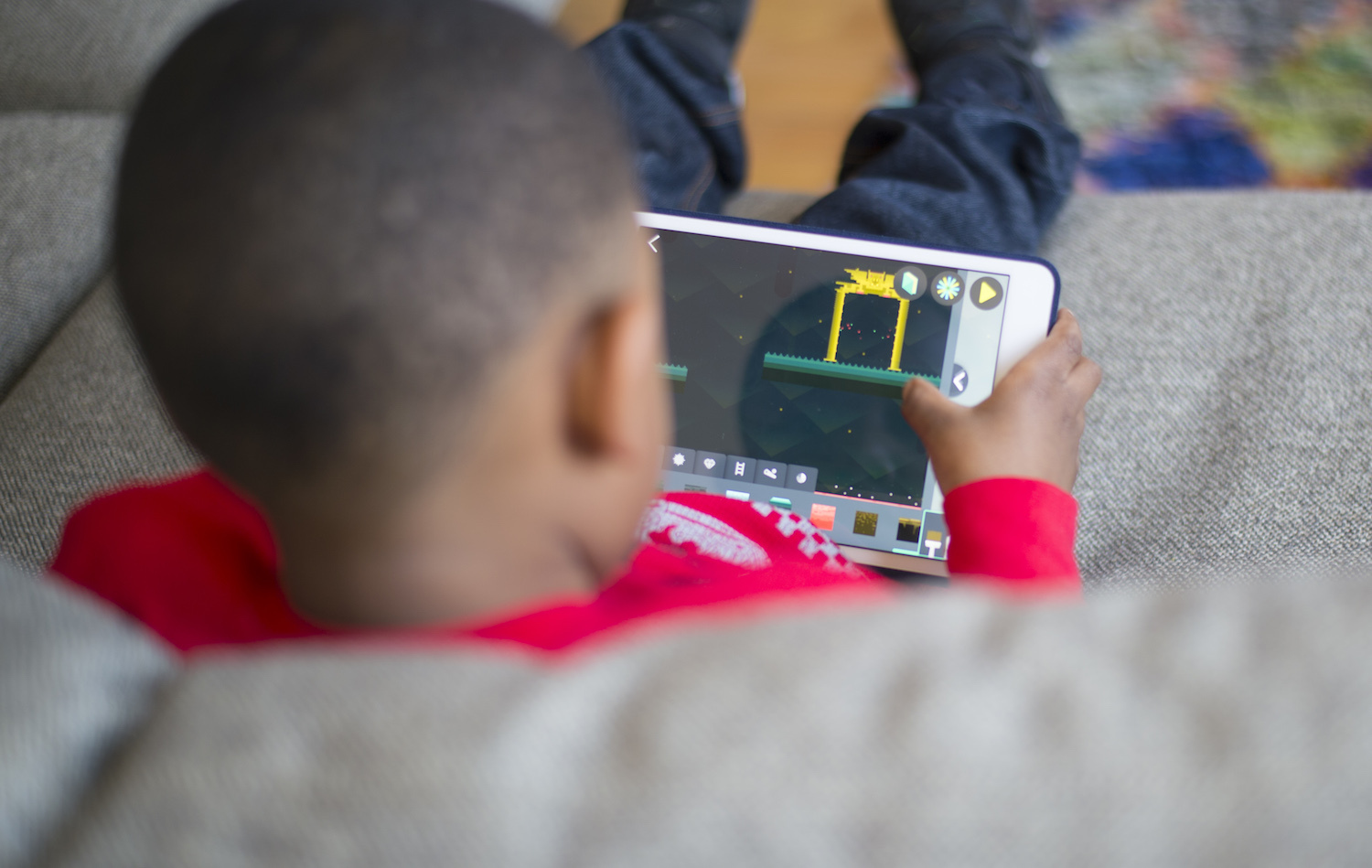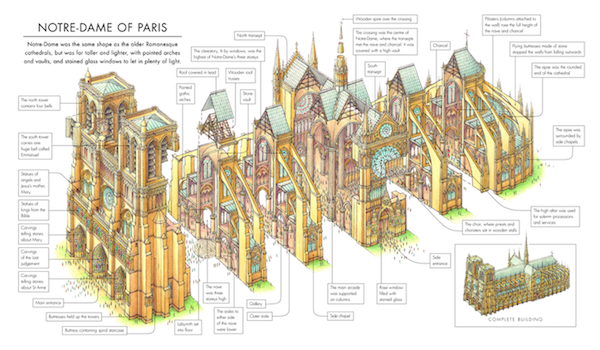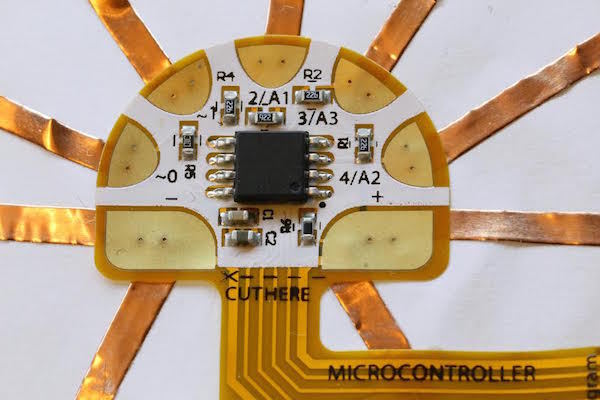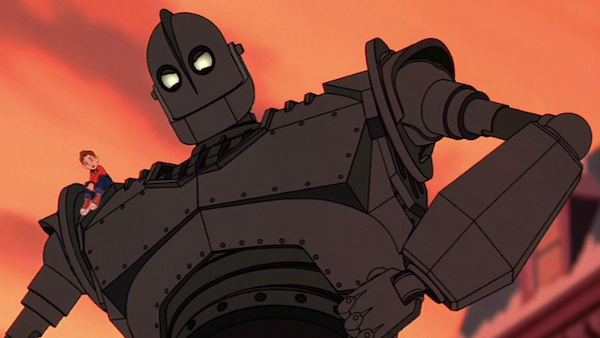Nurturing natural born scientists

One thing we always keep in mind as we build apps here at Tinybop is how naturally curious kids are. From “Why is the sky blue?” to “How do airplanes stay up?” or “Why is thunder so loud?”, kids are always wondering and asking questions about the world around them – not unlike scientists. In fact, every child is born a natural scientist.
As John Holt writes in his book Learning All the Time, “The process by which children turn experience into knowledge is exactly the same, point for point, as the process by which those whom we call scientists make scientific knowledge.” In other words, kids use what we call the Scientific Method. As Holt says:
Children observe, they wonder, they speculate, and they ask themselves questions. They think up possible answers, they make theories, they hypothesize, and then they test theories by asking questions or by further observations or experiments or reading. Then they modify the theories as needed, or reject them, and the process continues.
University of California-Berkeley psychologist Alison Gopnik also points out in Mother Jones, that earlier in life, our brains work differently than when we’re older; they’re better at learning new things. As we grow, our brains become more streamlined and less apt for learning new things. But in a world where technology is constantly changing, it’s important that we nurture those natural skills in order to help kids develop and maintain their problem solving and creative thinking skills.
We design our apps around these ideas. We encourage kids to observe, ask questions, test their ideas, and try again. Our apps are open-ended so kids can continue this process independently.
We’ve highlighted four of our apps —The Robot Factory, The Everything Machine, Simple Machines and our newest app, Skyscrapers — in the Summer of Science bundle to encourage playful application of the scientific method. In each app, kids experiment and investigate, building their creative thinking and problem-solving skills.
To further activate you and your kids’ curiosity here are some more of our favorite books, videos, and apps to accompany each Tinybop app:

Image fromThe Story of Buildings, by Patrick Dillon and illustrated by Stephen Biesty
Skyscrapers
In Skyscrapers, kids explore the world’s tallest buildings and learn how people live, work, and play inside. To accompany play in this app, we recommend:
Who Built That? Skyscrapers, a book by Didier Cornille
With elegant illustrations and digestible, informational blurbs on each page, this book teaches us all about the world’s tallest buildings and their corresponding architects. (It’s actually one of the books we referenced while creating Skyscrapers.)
How Tall Can Skyscrapers Get?, a video by SciShow
This five-minute video sets out to answer the question we’re all wondering by delving into how skyscrapers they were built in the past, how they’re built now, and how skyscrapers might be built in the future.
The Story of Buildings, a book by Patrick Dillon and illustrated by Stephen Biesty
This book is jam-packed with information about buildings and their history. With incredibly detailed illustrations, it shows in detail the infrastructure of these man-made structures.

Image from Chibitronics, by Jie Qi
The Everything Machine
In The Everything Machine, kids use basic programming language to connect, control, and play with all the sensors and tools within their devices and make any machine they can imagine. To accompany play in this app, we recommend these resources:
Hopscotch, an app by Hopscotch Technologies
Recommended by Raul, this app makes programming fun and simple. Like The Everything Machine, the app introduces basic programing concepts to kids and encourages them to experiment through the creation of different projects.
Scratch, a site by Lifelong Kindergarten Group at the MIT Media Lab
Recommended by Abby, this programming site allows kids to create stories, games, and animations and then share with others around the world. It’ll get those creative gears going, while also teaching kids essential skills they’ll need later on.
Chibitronics, a book by Jie Qi
Recommended by Abby this activity book lets kids use LED circuit stickers to build simple circuits, parallel circuits, DIY switches, and more. With every project, kids create non-stop and learn all the while.

Image from The Iron Giant
The Robot Factory
In The Robot Factory, kids use 100 different parts, in any combination, to build all sorts of different robots, which they can then test by running them through a fantastical world of obstacles. To accompany play in this app, we recommend:
Robot videos by British Pathe
With the largest archive of history on YouTube, British Pathe’s selection of historical clips, recommended by Ashley, can be a little overwhelming. We suggest starting out with their robot videos. As Ashley points out, the best part is seeing which predictions of the future have manifested and which remain science fiction.
The Iron Giant, a movie directed by Brad Bird:
Recommended by Raul, this film is a wonderfully animated adaptation of the classic Ted Hughes robot story from 1968. Raul loved that the filmmakers didn’t rely on cheesy humor, instead they created a “real wonder and break down a lengthy and potentially complex story about friendship, outer space, government, and more into clear, well-told parts.”

Simple Machines
In Simple Machines, kids explore how different simple machines work by testing and experimenting with them. To accompany play in this app, we recommend:
Brains On!, a podcast by MPR News
Recommended by Sara, this is a podcast for kids who are “serious about being curious.” If your kids enjoy Simple Machines, they’ll especially love the episodes The Mystery of Gravity, Roller Coasters From Dream To Extreme, and A Brief History of Roller Coasters.
OK Go Rube Goldberg Machine, a video by OK Go
A toy car knocks into a domino and kicks off four minutes full of chain reactions in one of the most epic Rube Goldberg machines you’ll ever see. The fascinating video is sure to capture any child’s imagination and inspire them to create their own version.
Invent Your Own Machines, an online course by Jam
Taught by a mechanical engineer, this online course for kids explores the world of engineering through hands-on activities. Kids make their own machines and contraptions using household materials.
As always, you can also find handbook to further learning and exploration in each of our Explorer's Library apps and manuals for The Everything Machine and The Robot Factory.
And for a limited time, you can get all four apps and save. Download the Summer of Science bundle on the App Store.
